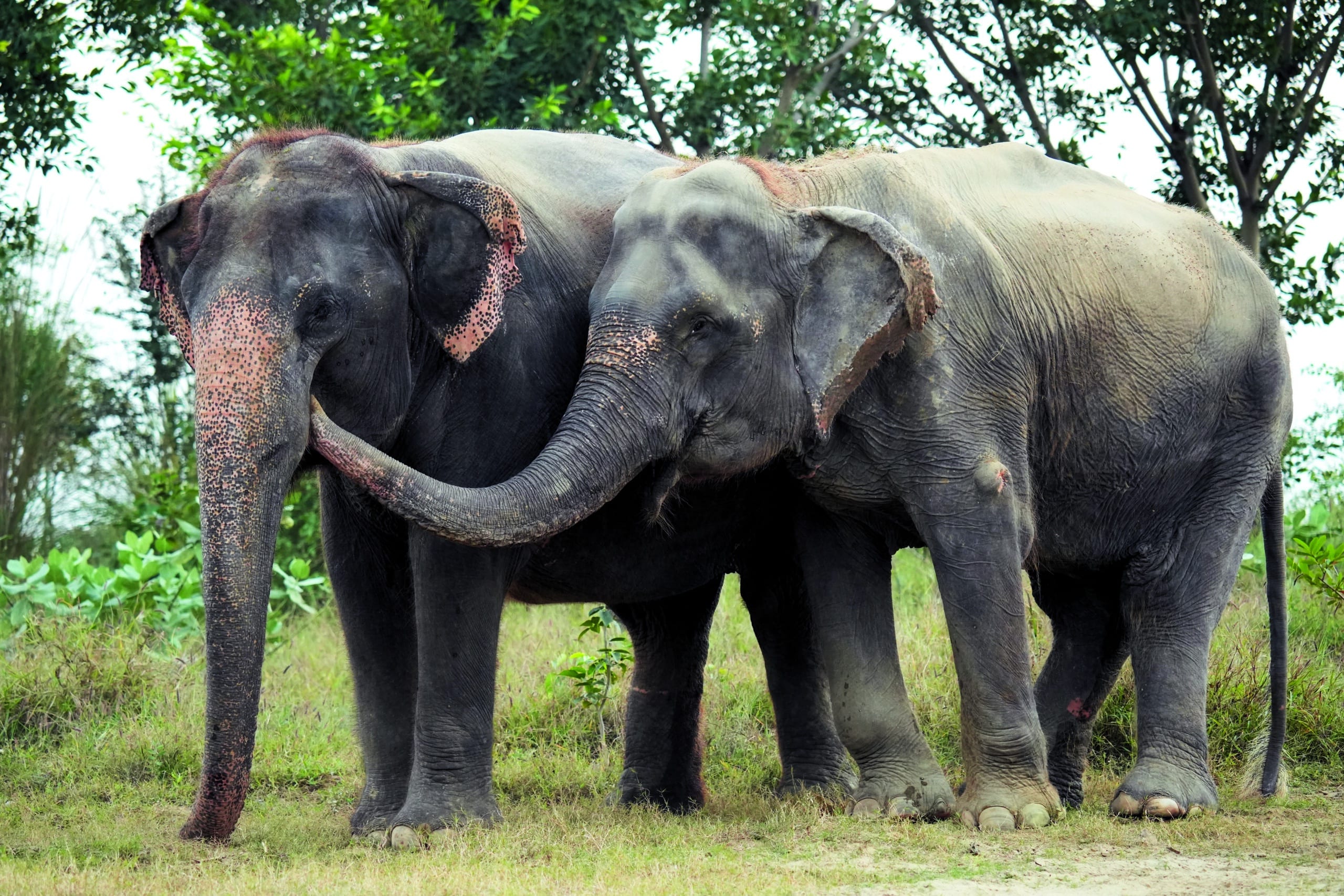You might remember Kalpana—I am happy to report that this year she celebrates her fifth rescue anniversary at Wildlife SOS. Formerly exploited and abused as a ‘begging’ elephant in Uttar Pradesh, Kalpana was rescued in 2019 and brought to the Wildlife SOS Elephant Hospital Campus (EHC) in Mathura for comprehensive...
A report published today reveals 37.5% of the world’s shark and ray species are at risk of extinction. Shockingly this is double the number of species deemed to be at risk of extinction during the last assessment in 2014. Conservation groups Humane Society International and the Australian Marine Conservation Society say that urgent action is necessary to stymie the rapid increase in shark and ray species currently at threat of extinction and encourage population recovery.
Of the 1,093 shark and ray species assessed, a staggering 99.6% were threatened due to overfishing, whether intentional or unintentional, clearly showing the global impact of commercial fishing fleets and poor fishing regulation. The next most pervasive threats to the survival of these populations were identified as habitat loss, climate change, and pollution.
Three species were found to be “Possibly Extinct” including the aptly named Lost Shark (Carcharhinus obsoletus), the Java Stingaree (Urolophus javanicus) and the Pondicherry Shark (Carcharhinus hemiodon). These species now join the Red Sea Torpedo (Torpedo suessi) as possibly the first global marine fish extinctions due to overfishing.
In order to halt the precipitous decline of shark and ray species, the report recommends that the exploitation of sharks and rays listed as Critically Endangered or Endangered should be strictly prohibited. Shockingly, there are Critically Endangered and Endangered species in Australia still legally exploited for human consumption, including the scalloped hammerhead, school shark, and the little-known whitefin swellshark.
The study identifies several tools to reduce the numbers of endangered species killed by fishing, thereby arresting population declines and supporting their recoveries. These tools include effective and enforced marine protected areas, trade regulations, and on-the-water solutions such as ‘escape hatches’ (known as bycatch reduction devices) and training fishers to safely handle captured animals.
Lawrence Chlebeck, Marine Biologist for Humane Society International, stated, “While it is distressing to hear such a high proportion of shark and ray species are threatened with extinction, we have to say it’s not a surprise. The ongoing failure to properly implement sustainable fishing practices on a global scale will be the doom of many sharks and rays.”
Dr Leonardo Guida, shark scientist for the Australian Marine Conservation Society said, “The increasing shark and ray extinction risk clearly indicates that fisheries around the world are not operating as sustainably as they could or should be. Shark research is doubling every decade, we know more, and we can do more. Twenty years ago, shark fishing peaked globally and we need to make sure that the next twenty years counts – we’re not just their biggest threat, we’re their only hope.”
An ocean of healthy populations of sharks and rays depends urgently on the reduction of shark catch to sustainable levels based on the leading scientific advice, and the steadfast protection of threatened species, if our oceans are to support sustainable fisheries into the future.


